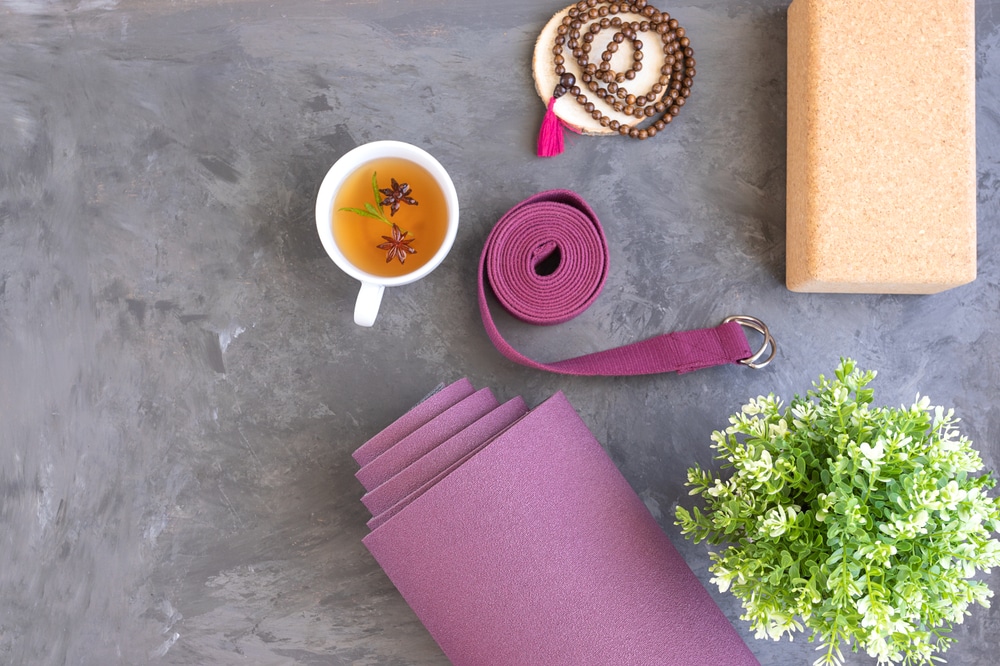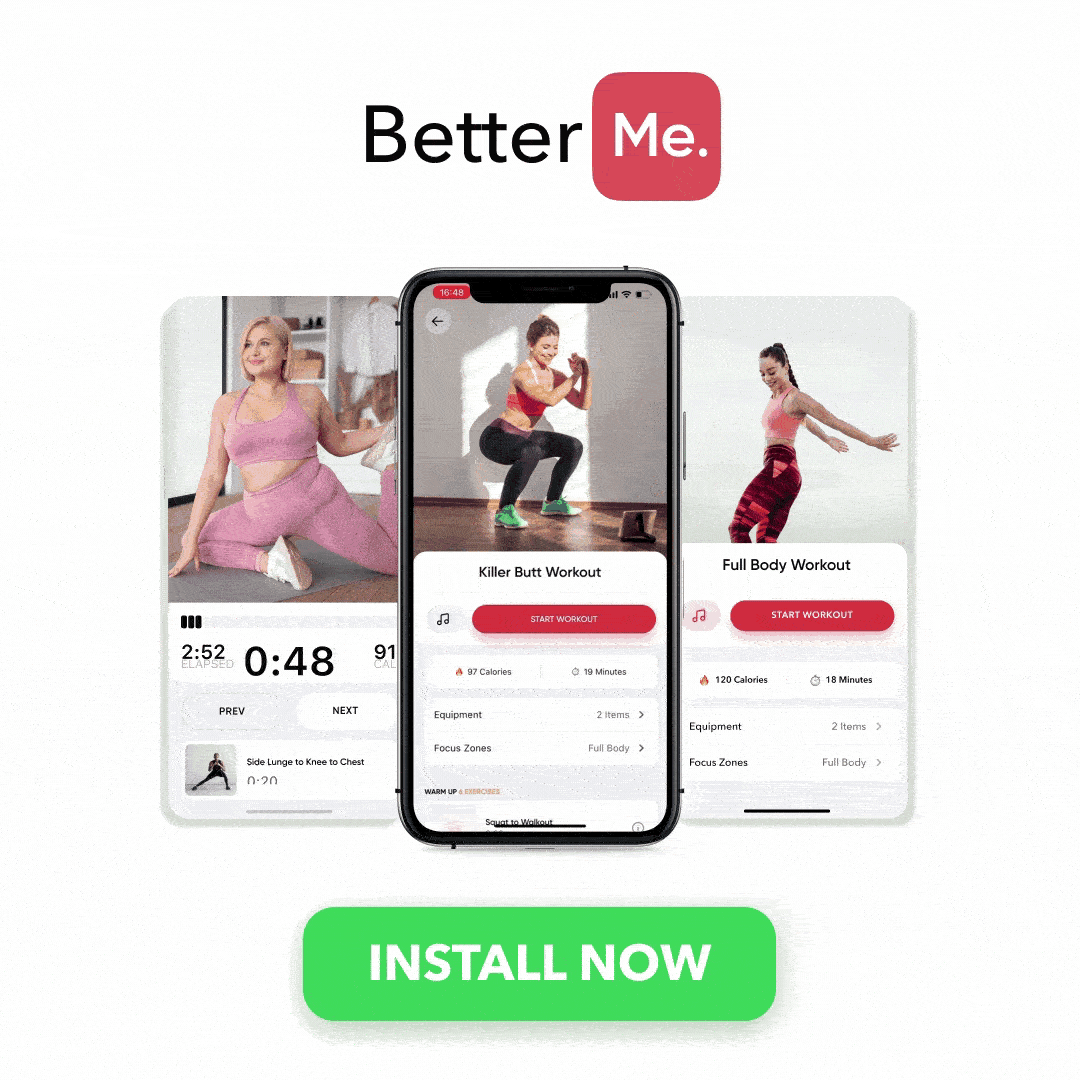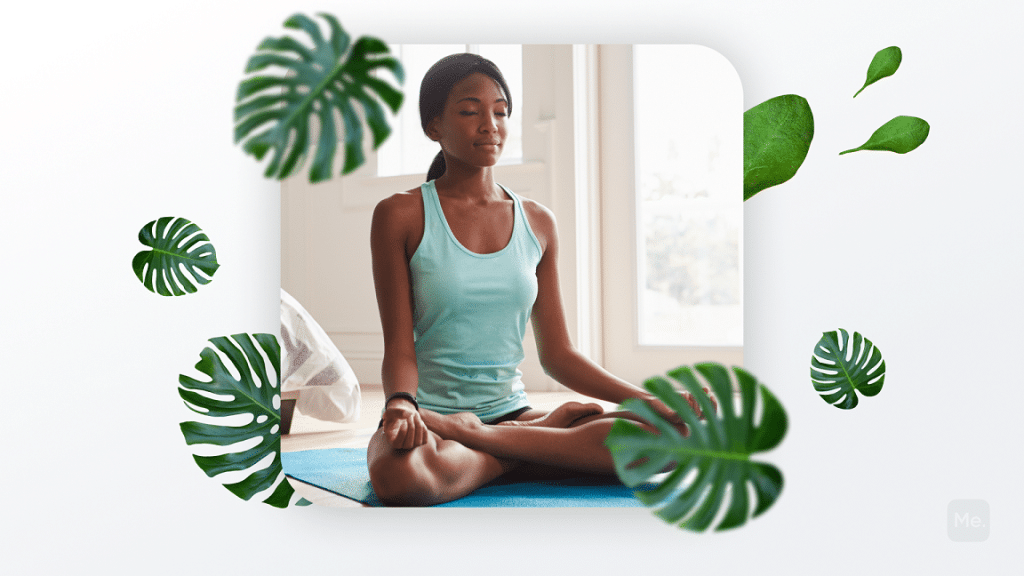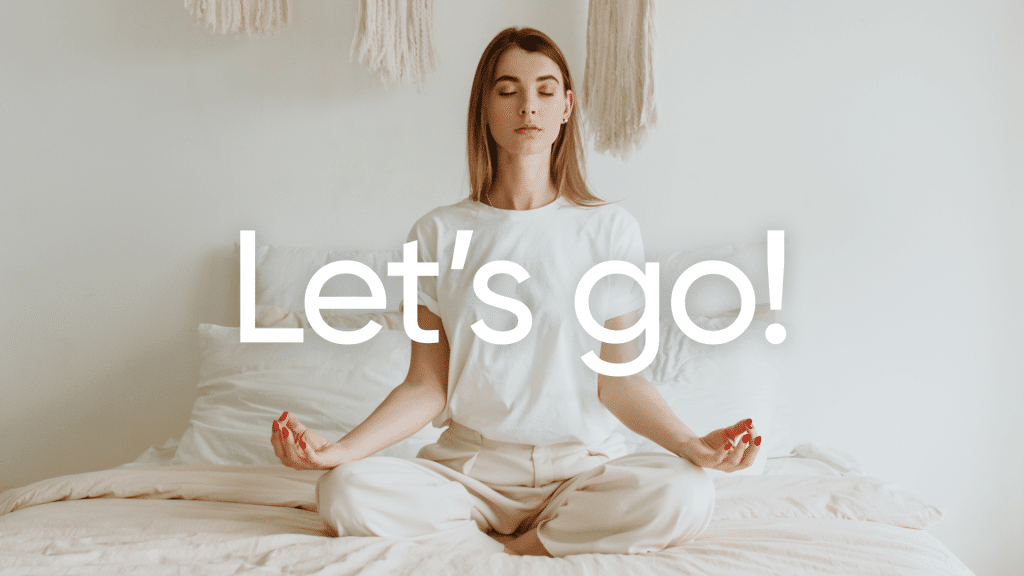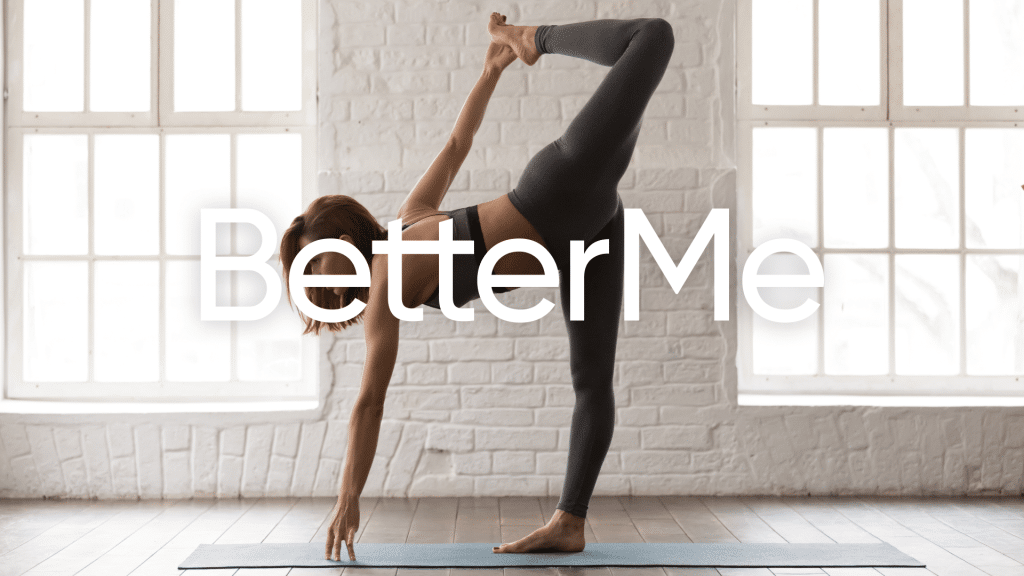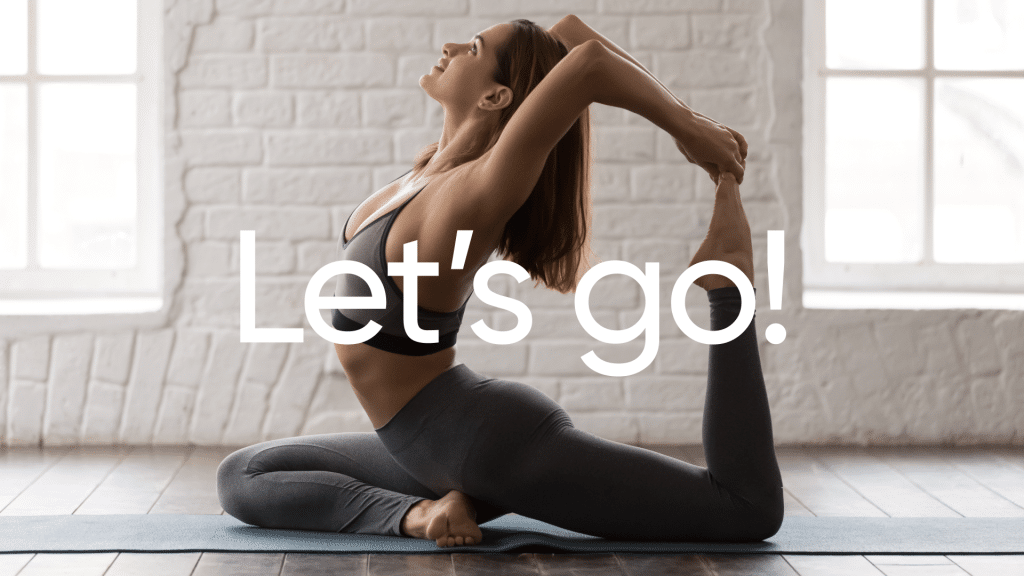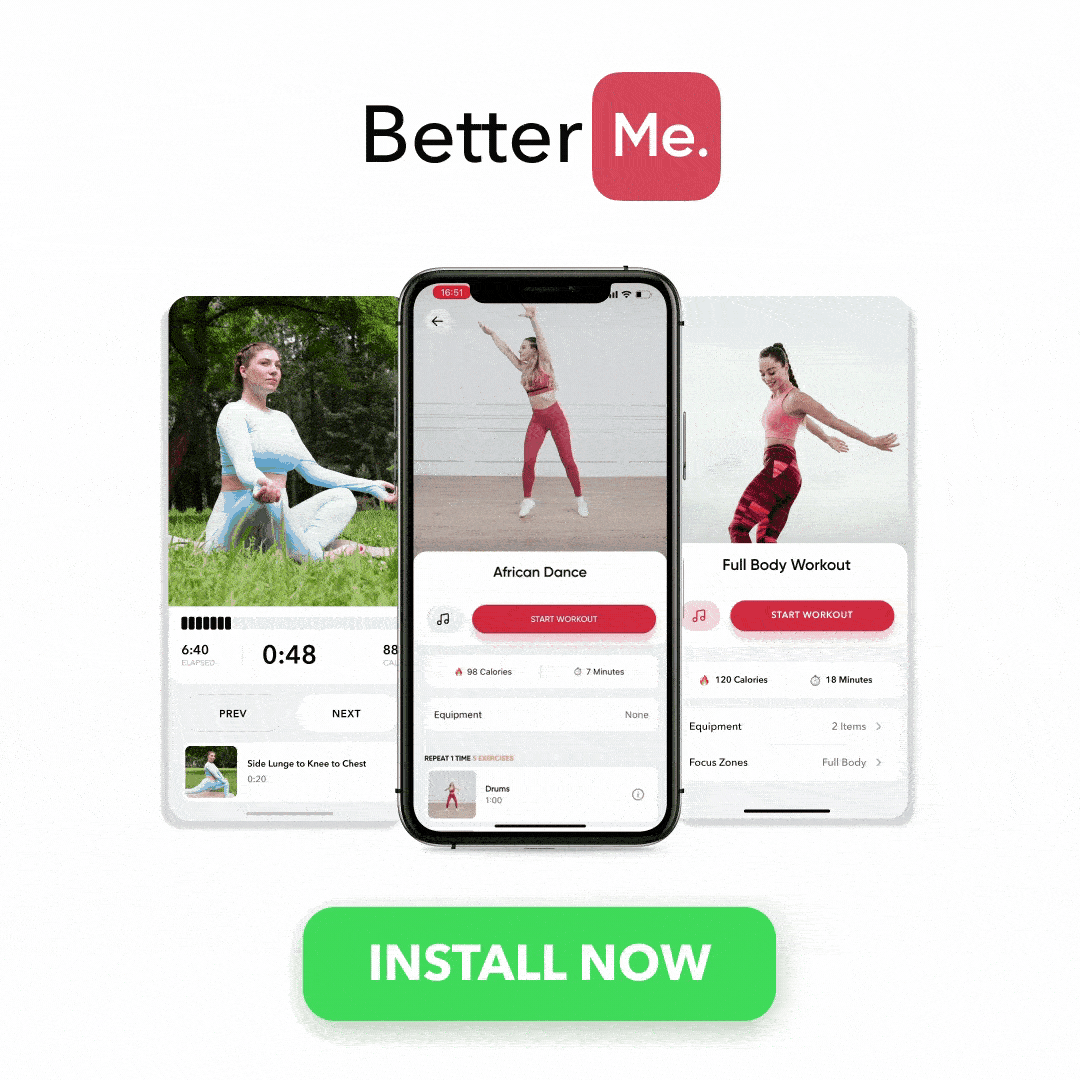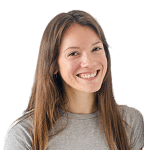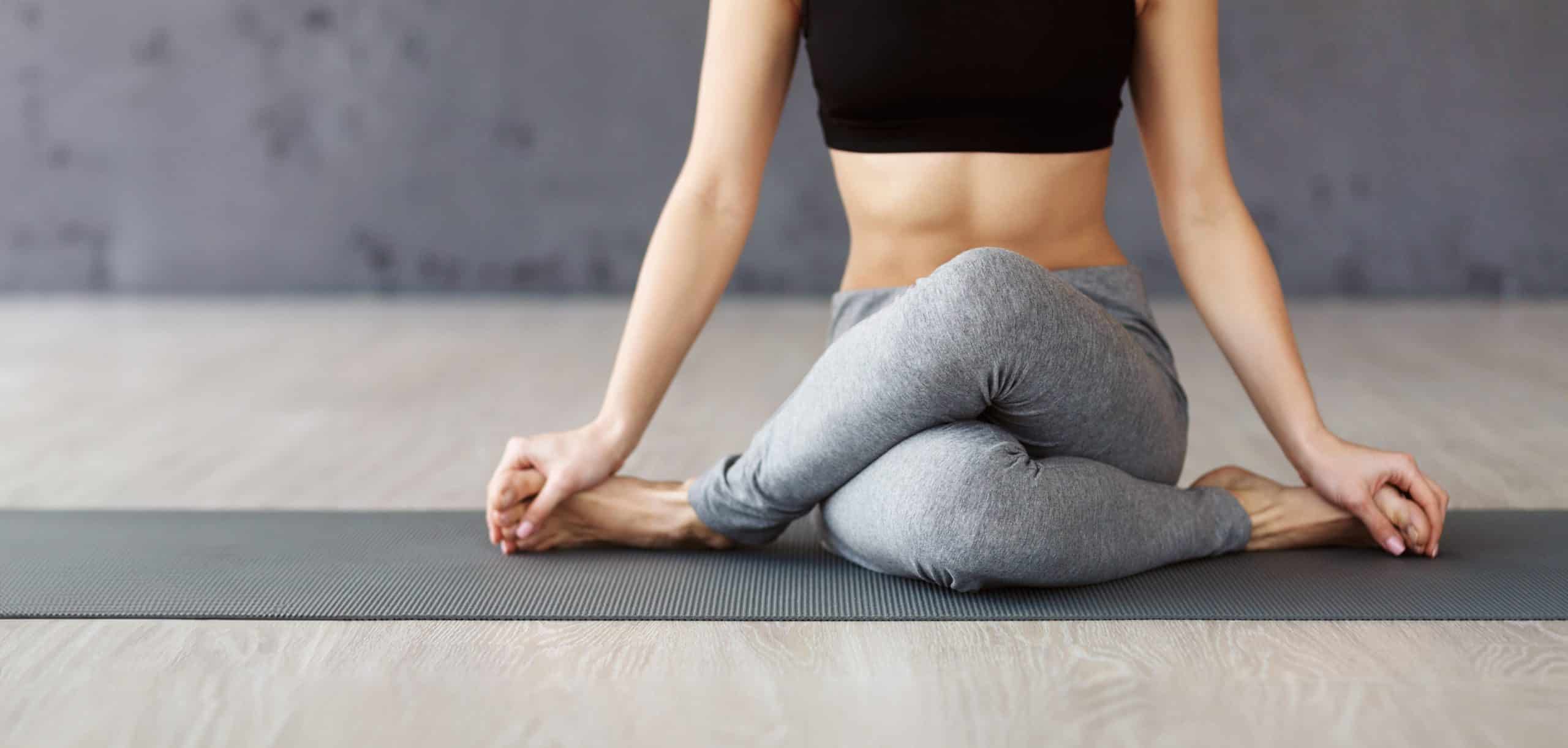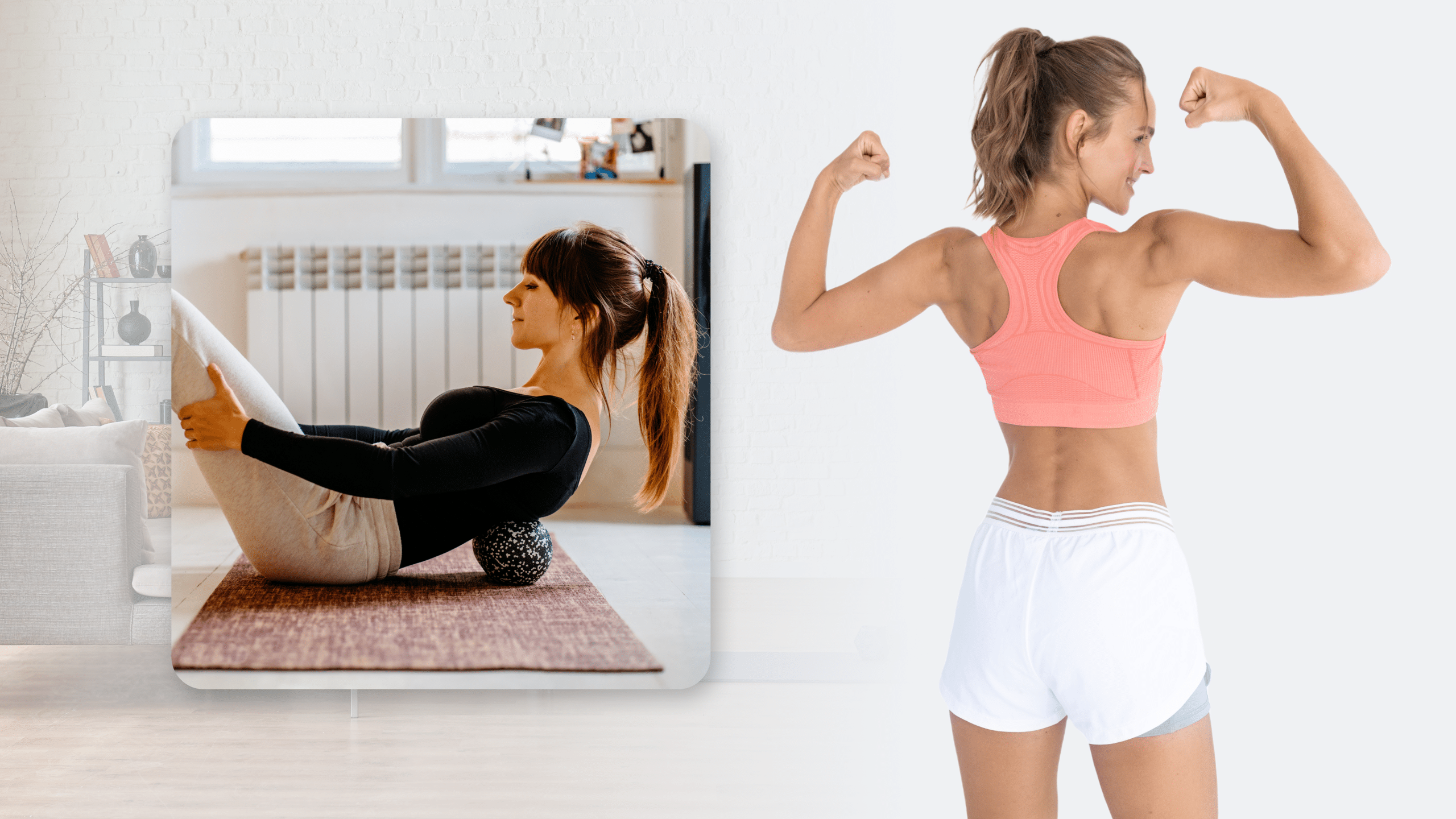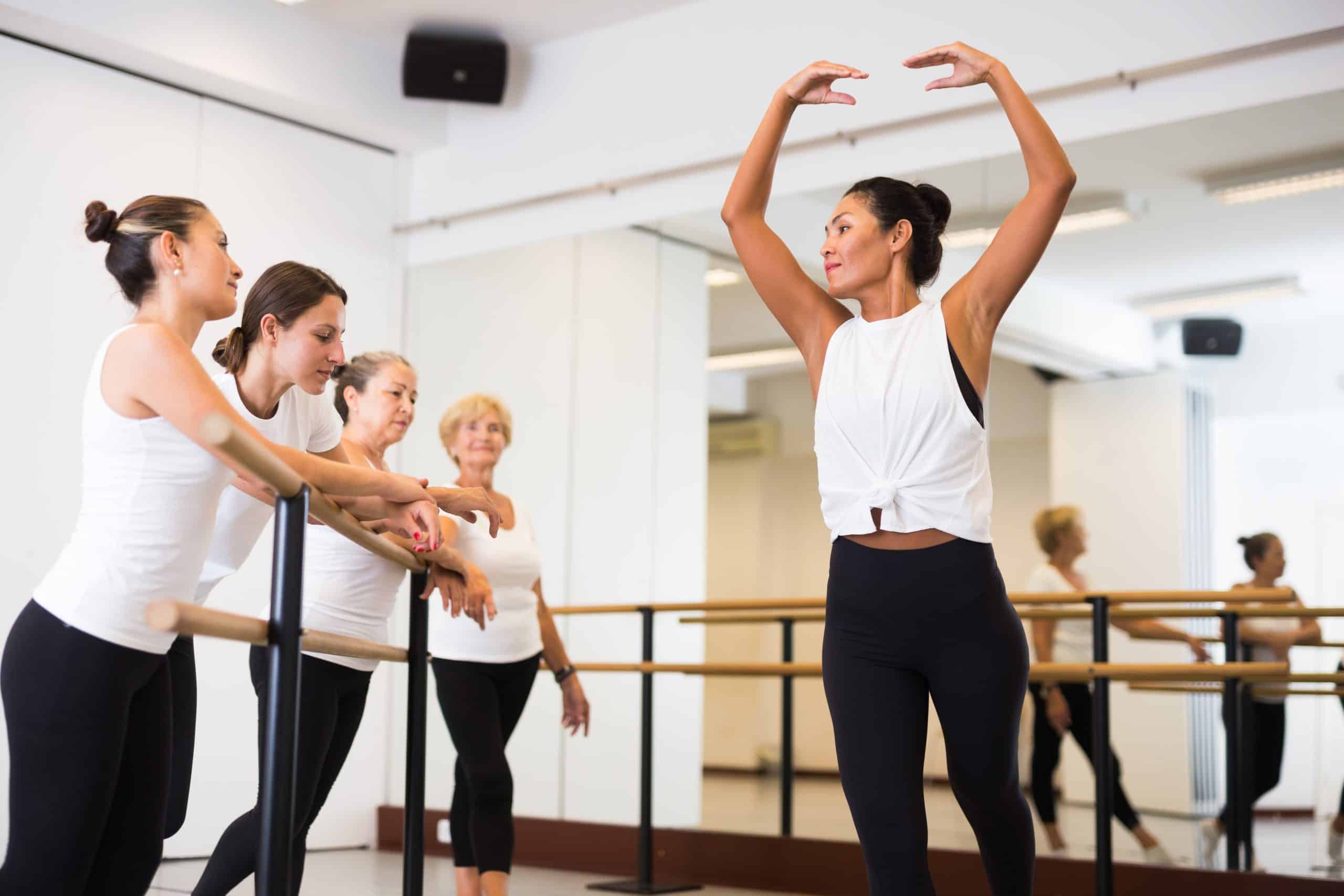If you want to be more flexible, there are a few key things you can do. Yoga is one of the best ways to get more limber, with its focus on stretching and strengthening muscles in the body. Yoga also helps improve your posture, reduce stress levels, and ease pain in various parts of your body. That’s because a full-body stretch improves circulation throughout the whole body while targeting essential muscle groups like hamstrings and hips that may need extra attention. So if you’re ready for some relief from tightness or tension in your body or if you just want to feel better overall, here is what you need to know about yoga postures for flexibility.
Why Is Flexibility Important?
Increasing your flexibility is good for you in many ways. Some of the most important benefits of yoga standing postures for flexibility include:
Greater Range Of Motion
More flexible people tend to have a greater range of motion in the pelvis, hips, and ankles (2). This can significantly improve your ability to perform physical activities since it reduces the risk of injury. Flexible people also find it easier to walk, run, raise their arms or legs, stand for long periods (such as when cooking), and sit comfortably (especially cross-legged).
Less Muscle Tension
When you’re flexible, you have a lower risk of sustaining a muscle strain while performing physical activity. That’s because being more limber means that your joints move through a greater degree of motion before reaching the point where they start feeling tight and stiff. Higher degrees of flexibility may even reduce muscle tension in the body, allowing you to feel less stressed and more relaxed (2).
Improved Posture
When your muscles are tight, it can cause a breakdown in a posture that strains the ligaments and tendons throughout your entire body. Being flexible helps correct this by allowing you to sit up straight with proper alignment of the spine’s natural curves instead of slouching forward or backward. As a result, your bones have better support from the surrounding tissues, which allows them to stay healthy without being under too much pressure from outside forces.
Less Pain
Increased flexibility may also help reduce pain and injury (10). This can be helpful for those who suffer from chronic low back or neck pain, as well as those experiencing sharp, acute forms of discomfort due to injury or overuse. Many times, injuries occur when ligaments and tendons are too tight and cause strain on tissue and bones instead of working with them to support your body’s full range of motion (8). Being more flexible can help prevent that imbalance by making it easier for you to move through your full range without putting excessive stress on your tissues and joints.
Improved Circulation
When stretching regularly, you improve blood circulation throughout the body (11). That helps nourish cells throughout the body with much-needed oxygen and nutrients while removing metabolic waste products. You may also find that you have more energy since your cells are better able to process everything they need, meaning you won’t feel tired as often.
Read More: Relax Yoga Poses To Calm Your Body
What Are The Best Yoga Postures For Flexibility And Anxiety?
Many yoga poses can help improve your flexibility, but some are better than others. Here, we’ll go over five of the best poses to increase the range of motion throughout the hips and shoulders while also relieving tension in your lower back. Plus, you’ll learn how long to hold each pose for maximum results without causing injury.
Reclined Hand To Big Toe Pose (Supta Padangusthasana)
This yoga pose is a great way to get the hips and lower back loosened up, which is one of the key limiting factors of flexibility (7).
Instructions:
- Begin by reclining on your back with both knees bent and the soles of both feet flat on the floor.
- Hug your right knee into your chest. Take a yogi toe grip around the big toe or wrap a strap around your instep for extra support.
- Extend your right leg straight up into the air.
- If possible, stretch your left leg along the floor. It’s fine to keep it bent as well.
- Toe flex/point with both feet.
- A hand on your left thigh might serve as a reminder to keep that hip flat on the floor.
- Check to make sure that the right femur (thigh bone) and humerus (upper arm bone) are correctly positioned in their sockets.
- Repeat with the left leg after five to ten breaths.
Eye Of The Needle Pose (Sucirandhrasana)
This pose is excellent for opening up your shoulders and upper back (4).
Instructions:
- Slide the right hand between the left hand and left knee in table position. Slide the arm all the way to the left so that the right shoulder and side of the headrest are comfortably on the floor.
- Inhale and extend the left hand up towards the ceiling. Begin by testing out the posture with your arm, looking for where you feel the greatest stretch, then stay in that position and extend through your fingertips.
- Breathe and hold for 3-6 breaths.
- To come out of the pose, gently exhale as you return to the Table position.
- Repeat on the other side.
Downward Facing Dog (Adho Mukha Svanasana)
This all-purpose yoga for beginners pose is fantastic for opening up your hips and shoulders (3).
Instructions:
- Put your hands 3 inches ahead of your shoulders and shoulder-width apart on all fours.
- Bring your wrists parallel to the front edge of the mat and root down evenly through the whole of each hand.
- To bring your forearms forward, press down firmly with your fingertips. As you pull your forearms toward the front of the space, keep your knuckles on the ground.
- While firming your triceps into your midline, spin your biceps forward.
- While extending your outer upper arms, roll your inner upper arms toward the wall in front of you.
- Inhale, tuck your toes under, and lift your hips; exhale as you press your hips back and up.
- Make sure your feet are hip-width apart and parallel once again.
- Allow your head to hang freely without any tension in the neck, and look at your feet.
- To keep the articulation of your shoulder bones and openness at the base of your neck, allow your shoulder blades to spin out and up, away from your spine (upward rotation).
- Maintain the hand and arm actions from all fours to open your shoulders without straining or sinking through the armpits.
- If your lower back is rounded, bend your legs and straighten your sitting bones by pushing them up and back.
- With each exhalation, root down firmly with your hands, then send your hips back and up even more with each subsequent inhalation.
- Hold for a minute and release.
Want to build an attention-grabbing bubble butt, blast away fat that’s stored in all the wrong places, spring-clean your diet, turn back the clock on your skin, skyrocket your self-confidence and shatter your insecurities? Check out the BetterMe app and set this plan in motion!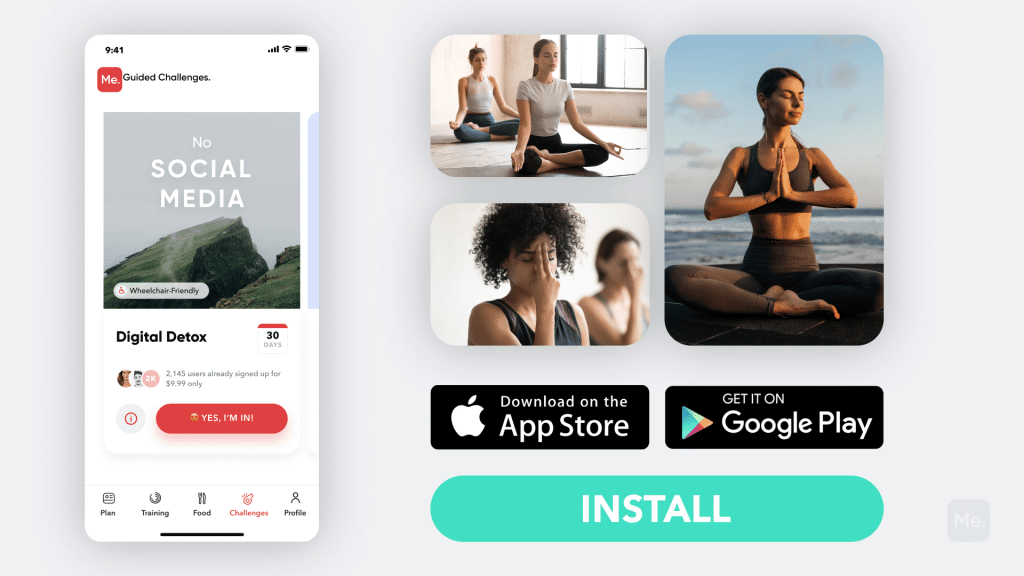
Half Moon Pose (Ardha Chandrasana)
This pose requires a combination of upper body and leg strength, so it builds nice stamina, as well as flexibility (5).
Instructions:
- Start out standing with your feet together.
- Jump your legs as wide apart as possible and extend your arms to form a T posture.
- Turn your left foot inward and your right foot and leg outward.
- Exhale, bending your body to the side and bringing your right hand to your shins and left hand to your hip.
- Begin to bend your right knee and move your right hand forward, with it a bit outside of your foot.
- Bend the front leg a bit farther and let your left foot glide behind you. Continue to move forward until your armpit and shoulder are directly over your wrist.
- To strengthen the fingers, wrists, and arms, keep the right hand cupped and the elbow fully extended. Your right leg should be bent, and your kneecap pointed toward the toes, with your left foot barely touching the ground.
- Press down with the right foot and fingertips to achieve consistency. Maintain a solid foundation by turning your chest upward until the left shoulder is in line with the right. Explore this turning motion without losing contact with the grounded leg or arm.
Contraindications To Yoga Stretching
Is yoga for everyone? Certainly! Yoga is beneficial to the body and mind. However, not all postures are appropriate for everyone. Before beginning your yoga practice, it’s vital to take into account your age, health condition, and level of fitness. Each asana and pranayama has its own set of contraindications.
Pregnancy
Many women practice yoga during pregnancy as it is generally considered safe (12). However, it’s important to avoid lying on your back after the first trimester or whenever it becomes uncomfortable for you. Also, if you suffer from nausea, fatigue, insomnia, pain, or swelling during your second and third trimesters, it is best to avoid forward-bending postures since they can aggravate these discomforts.
Sciatica
If you have sciatica, do not practice poses that require twisting of your torso because the movements could aggravate the condition by increasing pressure on the sciatic nerve (9). Instead, try restorative yoga positions, which will allow you to deepen your breath while offering support deep in the lower back area.
Surgery
People who have undergone surgery or are recovering from it should not push themselves too hard when practicing yoga. It’s best to avoid inversions while recovering from surgery because this could slow down the healing process. Also, it is not advised to practice postures requiring you to stand on your head if you’ve just had a surgical procedure in the abdominal area.
Knee Pain
It is not advised to practice yoga when you have knee injuries (13). If you feel pain, avoid forward-bending postures and any poses that require movement in the knees, such as triangle pose and standing splits.
Read More: Pilates Vs Yoga For Weight Loss: The Battle Of Low-Impact Exercises
Hernia
It is not recommended to practice inverted postures or long holds of inversions like headstand, shoulder stand, or plow pose if you have a hernia. In case you do have a hernia, consult your physician before exercising.
Hypertension
Yoga is generally safe for people suffering from hypertension as long as they avoid exerting themselves too hard and holding the postures for too long (6).
Frozen Shoulder Or Injury
If you have a frozen shoulder or an injury, avoid poses that require you to lift your arm above your head, such as upward-facing dog and downward-facing dog. Instead, opt for postures that open the chest area, such as cobra pose and bow pose.
Lower Back Pain
In general, it is not advised to practice forward bends when you have lower back problems because it puts pressure on the intervertebral discs in this area (1). If you have lower back pain, avoid forward bends and any poses that require you to bend your spine backward, such as the bridge pose.
Hip, Artist, And Ankle Injury/Pain
It is better to avoid poses that require flexion of the wrists or ankles if you have an injury or pain in these areas. Instead of sitting cross-legged, try sitting with your legs stretched in front of you to avoid strain. Also, try practicing the poses on a softer surface, such as a mat or carpet.
The Bottom Line
If you sit at a desk all day, wake up with tight muscles in the morning, or just want help achieving optimal physical health, then increasing flexibility can benefit just about everyone. Yoga is one of the best exercise routines for reaching your full range of motion as it involves gentle movements combined with controlled breathing and proper posture without jerky motions throughout and between each pose.
DISCLAIMER:
This article is intended for general informational purposes only and does not address individual circumstances. It is not a substitute for professional advice or help and should not be relied on to make decisions of any kind. Any action you take upon the information presented in this article is strictly at your own risk and responsibility!
SOURCES:
- Cross sectional survey of prevalence of low back pain in forward bend sitting posture (2013, researchgate.net)
- CURRENT CONCEPTS IN MUSCLE STRETCHING FOR EXERCISE AND REHABILITATION (2012, ncbi.nlm.nih.gov)
- Downward-Facing Dog (Adho Mukha Svanasana) (2021, yogajournal.com)
- Eye of the Needle Pose (Sucirandhrasana) Instructions & Photos • Yoga Basics (n.d., yogabasics.com)
- How to Do Half-Moon Pose: 4 Practice Tips for Half-Moon Pose – 2021 – MasterClass (2021, masterclass.com)
- Impact of yoga on blood pressure and quality of life in patients with hypertension – a controlled trial in primary care, matched for systolic blood pressure – BMC Cardiovascular Disorders (2013, bmccardiovascdisord.biomedcentral.com)
- Reclining Hand-to-Big-Toe Pose (Supta Padangusthasana) (2007, yogajournal.com)
- Response of Muscle and Tendon to Injury and Overuse (1999, ncbi.nlm.nih.gov)
- Sciatica – Symptoms and causes (2020, mayoclinic.org)
- Stretching and injury prevention: an obscure relationship (2004, pubmed.ncbi.nlm.nih.gov)
- Stretching exercises enhance vascular endothelial function and improve peripheral circulation in patients with acute myocardial infarction (2013, pubmed.ncbi.nlm.nih.gov)
- Systematic Review of Yoga for Pregnant Women: Current Status and Future Directions (2012, hindawi.com)
- Yoga and Knee Pain: Avoid Knee Pain and Injury with Yoga (2007, yogajournal.com)
